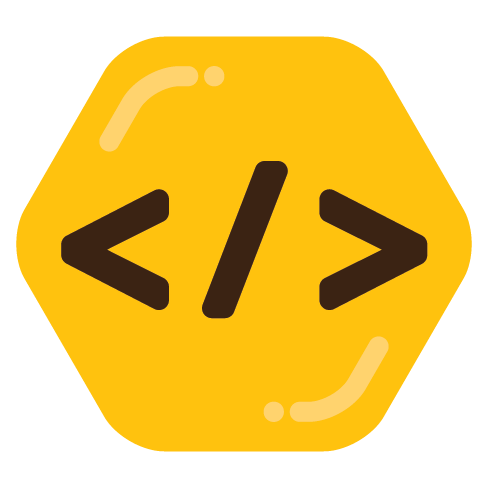Hey Beehaw!
I’ve recently received a copy of Physically Based Rendering 4th edition. I’ve been going through the book slowly, but have had a hard time retaining information. I used to use markdown to take extensive notes, but found that I would end up copying too much useless information. Also, writing latex notes for math is painfully slow.
I was wondering what note taking methodologies you all use. I think my ideal note taking method would fulfill three criteria:
- Minimal note-taking overhead: Doesn’t take too much time to create notes. (Esp for complex math expressions)
- Easy to reference: The notes should be brief and easy to comprehend at a glance. They should also be searchable.
- Easy to store: Minimal physical presence. I tend to lose papers all the time.


I have a tablet with a stylus, so I take my notes in OneNote.
I was taking notes when I was going through that CS50x course, but a lot of times, it’s me pausing the video and sketching out the concepts I just learned. Like with linked lists and tries, I would sketch out a flow chart. I would talk to myself and explain to myself why this works, or why this makes sense and I find it helps stick in my head. I figured it out using my own words and my own processes.
I doubt that’s too useful if you don’t have a tablet, (drawing or Android/iPad), and you have issues with losing papers, so probably not too useful 😓 but I find being able to sketch visual representations of processes and functions and mapping out how equations and functions actually look helps me a lot.
My partner once told me of the Feynman Technique. It’s broken down into four steps:
I highly recommend you go over the link (it’s anchored to the part of the page that goes over the steps).
Hope you find at least some of this useful!